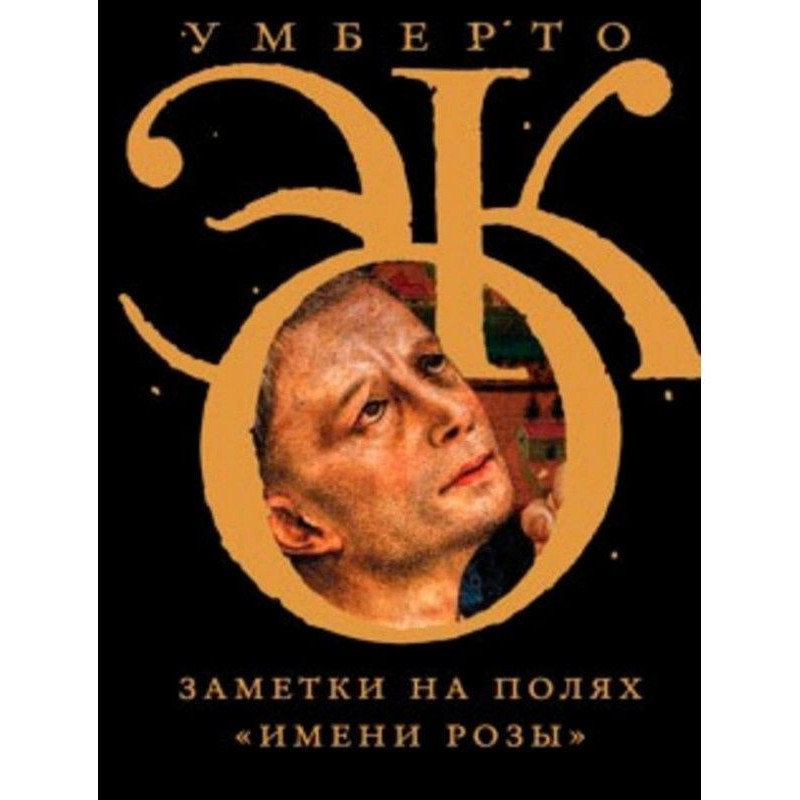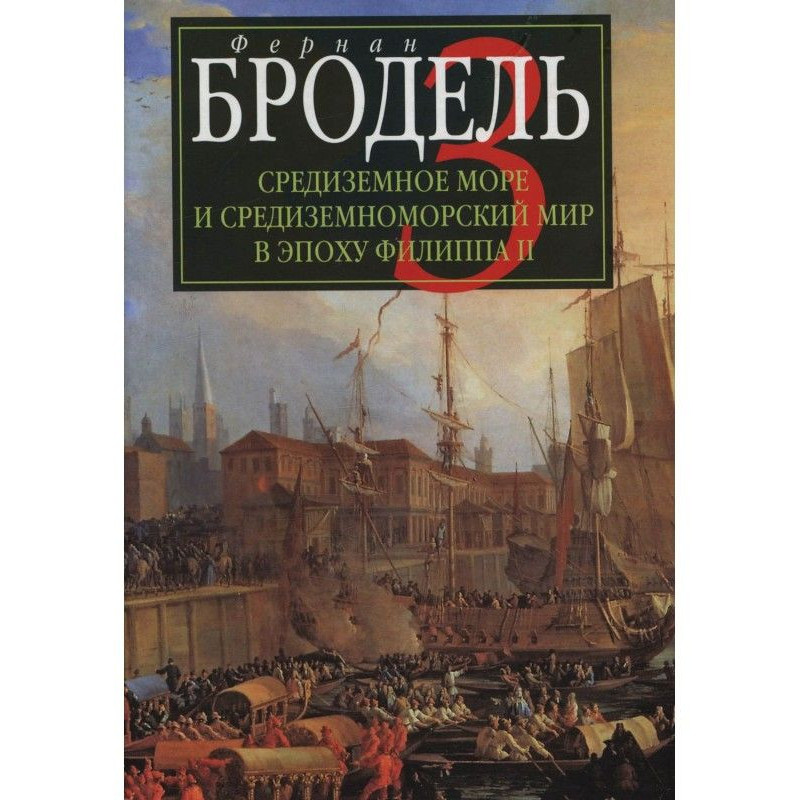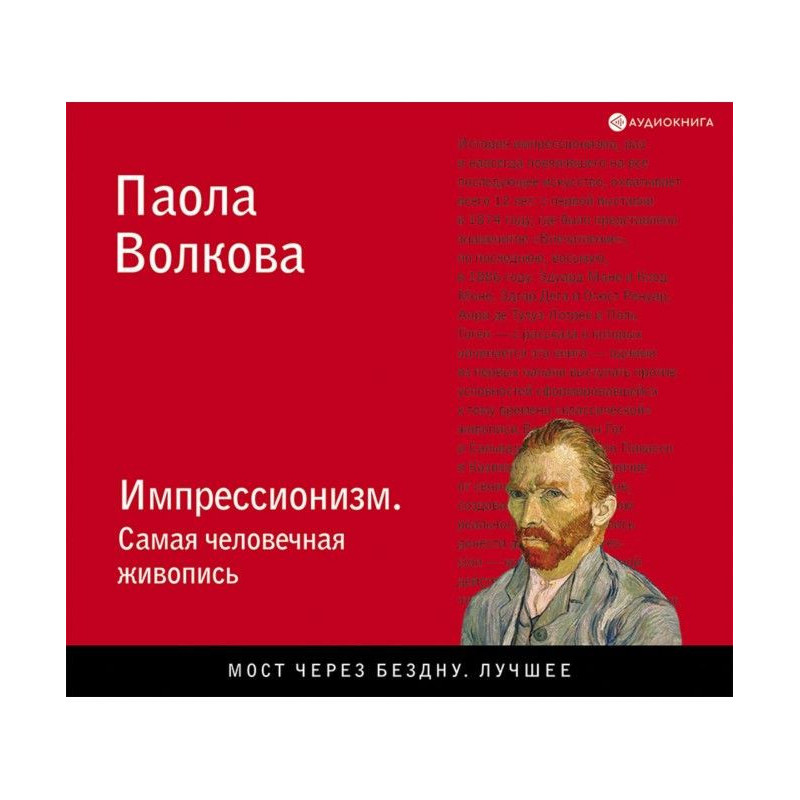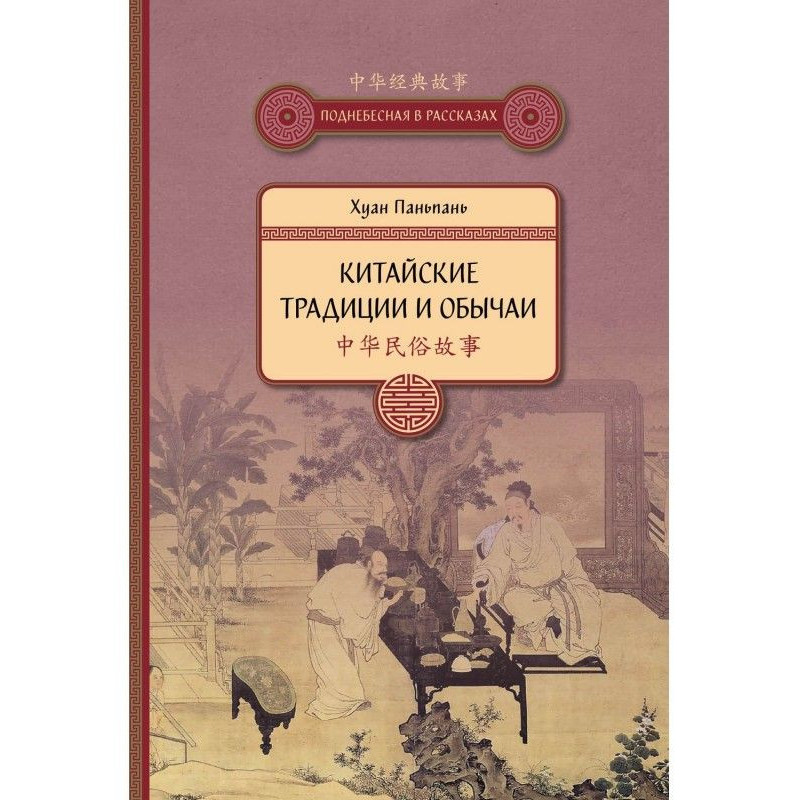The Hedgehog and the Fox
 Instant download
Instant download
after payment (24/7)
 Wide range of formats
Wide range of formats
(for all gadgets)
 Full book
Full book
(including for Apple and Android)
IT IS WORTH TRYING to understand why this extraordinary essay, first delivered as a lecture in Oxford, then reprinted in an obscure Slavic studies journal in 1951, then re-titled and re-published in 1953, has been enjoying such a robust and enduring afterlife. Along with ‘Two Concepts of Liberty’,1 the distinction between the hedgehog and the fox has proved to be enduringly fertile, and has been put to uses Berlin could never have imagined or intended. What began life as a common-room parlour game in the late 1930s – an Oxford undergraduate introduced him to the shimmering and mysterious sentence in the Greek original and Isaiah took it up to divide his friends into hedgehogs and foxes2 – Berlin then turned into the structuring insight for a great essay on Tolstoy. It has now passed into the culture as a way to classify those around us and to think about two basic orientations towards reality itself.It is not merely that the fox knows many things. The fox accepts that he can only know many things and that the unity of reality must escape his grasp. The critical feature of foxes is that they are reconciled to the limits of what they know. As Berlin puts it, ‘We are part of a larger scheme of things than we can understand. […] we ourselves live in this whole and by it, and are wise only in the measure to which we make our peace with it.’1A hedgehog will not make peace with the world. He is not reconciled. He cannot accept that he knows only many things. He seeks to know one big thing, and strives without ceasing to give reality a unifying shape. Foxes settle for what they know and may live happy lives. Hedgehogs will not settle and their lives may not be happy.All of us, Berlin suggests, have elements of both fox and hedgehog within us. The essay is an unparalleled portrait of human dividedness. We are riven creatures and we have to choose whether to accept the incompleteness of our knowledge or to hold out for certainty and truth. Only the most determined among us will refuse to settle for what the fox knows and hold out for the certainties of the hedgehog.The essay endures, in other words, because it is not simply about Tolstoy – it is about all of us. We can be reconciled to our ‘sense of reality’2 – accept it for what it is, live life as we find it – or we can hunger for a more fundamental, unitary truth beneath appearance, a truth that will explain or console.3
Data sheet
- Name of the Author
- Исайя Берлин
- Language
- English

















